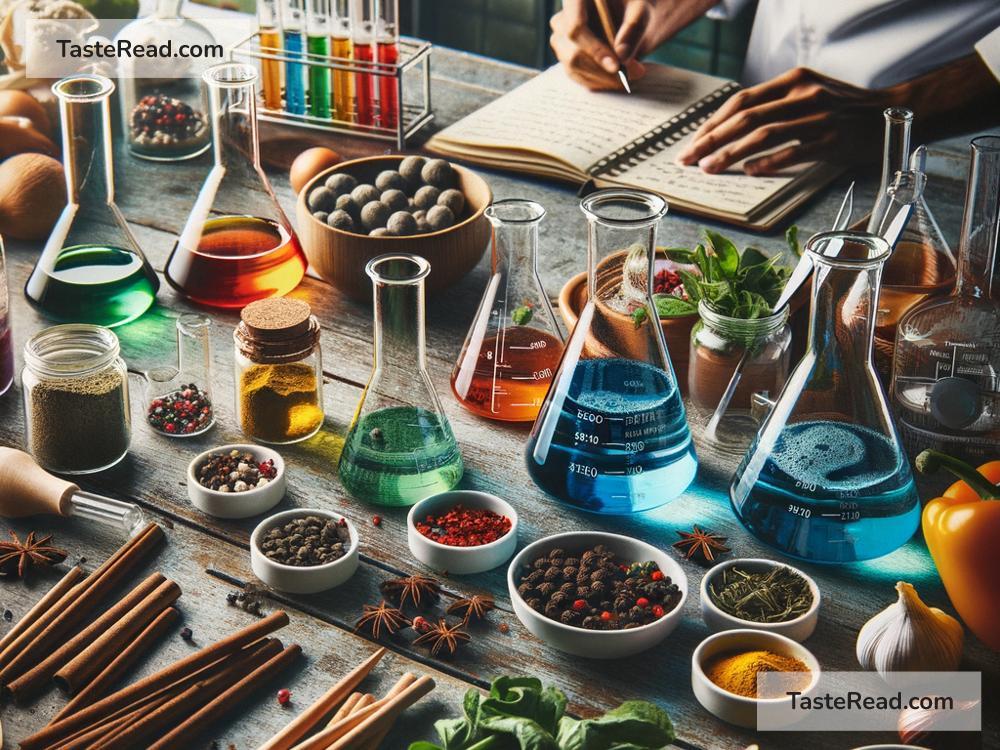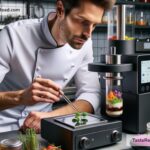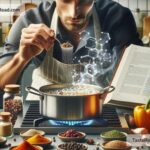The Science of Cooking with Chemical Willpower: Techniques and Tips
Cooking is often viewed as an art, where creativity and flavors combine to create mouthwatering dishes. However, behind every recipe lies a fascinating world of science. The act of cooking is deeply rooted in chemistry, and when you understand the science behind food, you gain amazing “chemical willpower” to make better decisions in the kitchen. In this blog, we’ll dive into the basics of how science influences cooking and share simple techniques and tips to help you level up your cooking game.
What Is Chemical Willpower in Cooking?
Chemical willpower is a playful term that refers to the power of chemistry in the cooking process. When you cook, you’re breaking down, combining, and transforming molecules in food to create flavors, textures, and colors. It’s your ability to harness this chemical knowledge to make smarter choices and adjustments while cooking.
The Chemistry Behind Cooking: Why It Matters
Cooking is essentially about applying heat, mixing ingredients, and using time to initiate chemical reactions. These reactions are responsible for the transformation of raw food into delicious meals. Here are some key examples:
-
Heat and Protein Reactions (Maillard Reaction): Have you ever wondered why golden-brown toast is so delicious or why grilled meat has that irresistible aroma? These flavors come from the Maillard reaction, a chemical process where heat causes proteins and sugars to interact, creating new compounds. This reaction is what gives food its rich, savory flavors.
-
The Magic of Caramelization: When sugar is heated, it caramelizes, resulting in a sweeter, deeper flavor. This process is what makes caramel sauce, roasted vegetables, and baked apples taste so good.
-
The Role of Acidity (pH): Acidity affects the taste and texture of food. For example, adding lemon juice to fish neutralizes any overly fishy smell and brightens the flavor. Vinegar can tenderize meat and balance out sweet dishes. Understanding how acidity works allows you to tweak recipes to perfection.
-
Gelatinization of Starches: When you cook pasta, rice, or potatoes, the heat causes their starch molecules to absorb water and swell, becoming soft and delicious. This process is called gelatinization, and knowing how to control it can prevent mushy or undercooked food.
Techniques to Master Cooking Chemistry
Now that you understand the science, here are some practical techniques to help you use chemical willpower in the kitchen:
1. Control Heat Smartly
Heat is the driver of chemical reactions in cooking, so controlling it is key. For example:
– Low and Slow Cooking (e.g., crockpot meals): Ideal for breaking down tough proteins and creating tender, flavorful dishes.
– High Heat Searing: Perfect for caramelizing and browning meat, but be careful not to burn it.
– Simmer vs. Boil: When making soups or sauces, simmering (gentle bubbles) allows flavors to merge over time without overcooking.
2. Season Gradually
Salt and spices are your kitchen scientists! Salt enhances flavor by helping food release water and aromas, while spices react to heat and oil to develop their full character. Add seasoning gradually so you don’t overpower your food.
3. Balance Acidity in Your Recipes
A good dish is all about balance. If something tastes too sweet, acidic ingredients like lemon juice or vinegar can tone it down. Similarly, if a dish is too sour, a touch of sugar or honey can fix it.
4. Experiment with Texture
Texture is just as important as taste. To create perfect textures, be mindful of temperature and moisture:
– For crispy textures, remove moisture before cooking (e.g., pat dry chicken skin or fries).
– For creamy results, use fat-rich ingredients like butter, cream, or coconut milk.
5. Use the Power of Resting
Letting meat rest after cooking allows juices to redistribute. This simple step improves tenderness and flavor – it’s science working in your favor.
Everyday Tips to Cook with Chemical Willpower
Here are a few quick tips to bring chemistry into your everyday cooking:
- Don’t overcrowd the pan: Overcrowding traps steam, making food soggy instead of crispy.
- Taste as you go: Flavors change as dishes cook, so taste frequently to adjust seasoning.
- Use cold water to prevent overcooking: When cooking eggs or blanching vegetables, plunge them into cold water after boiling to stop the cooking process.
- Know your oils: Oils have different smoke points; use high smoke point oils (like avocado oil) for frying and lower smoke point oils (like olive oil) for dressings.
- Embrace marinades: Marinating meat allows acids in the marinade to tenderize proteins over time.
Why Cooking Science Is Fun
Understanding the science behind cooking doesn’t take the magic out of food—it makes cooking more exciting! By knowing how ingredients react and why recipes work, you gain more control over your dishes and deepen your appreciation for food. Plus, it opens the door to experimenting with new flavors, ideas, and hacks.
Final Thoughts
Cooking isn’t just about following recipes; it’s about using science to make thoughtful, informed choices that elevate your dishes. Whether you’re searing a steak or baking a cake, every step involves some fascinating chemistry. Embrace your chemical willpower, and you’ll find yourself cooking with more confidence, curiosity, and flair.
So next time you’re in the kitchen, take a moment to think about the science happening in your pots and pans. With just a few techniques and tips, you’ll be turning out meals that not only taste amazing but also showcase your mastery of cooking chemistry.
Happy cooking!


